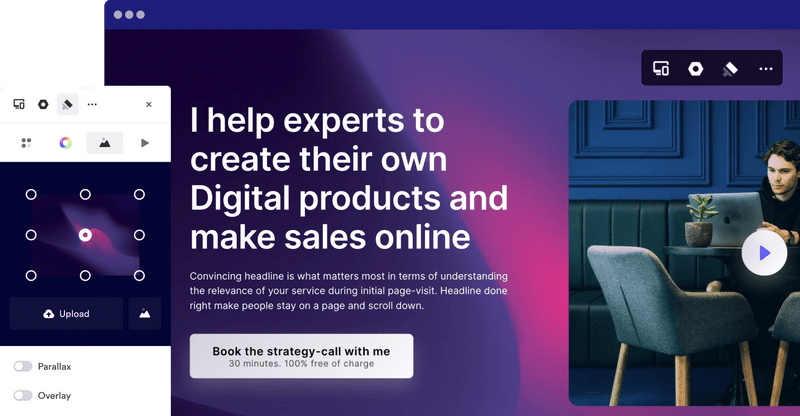August 21, 2023
Individual customer approach for better results (Guide)
Discover the power of personalizing your customer approach. Learn how you can increase your sales through personalization
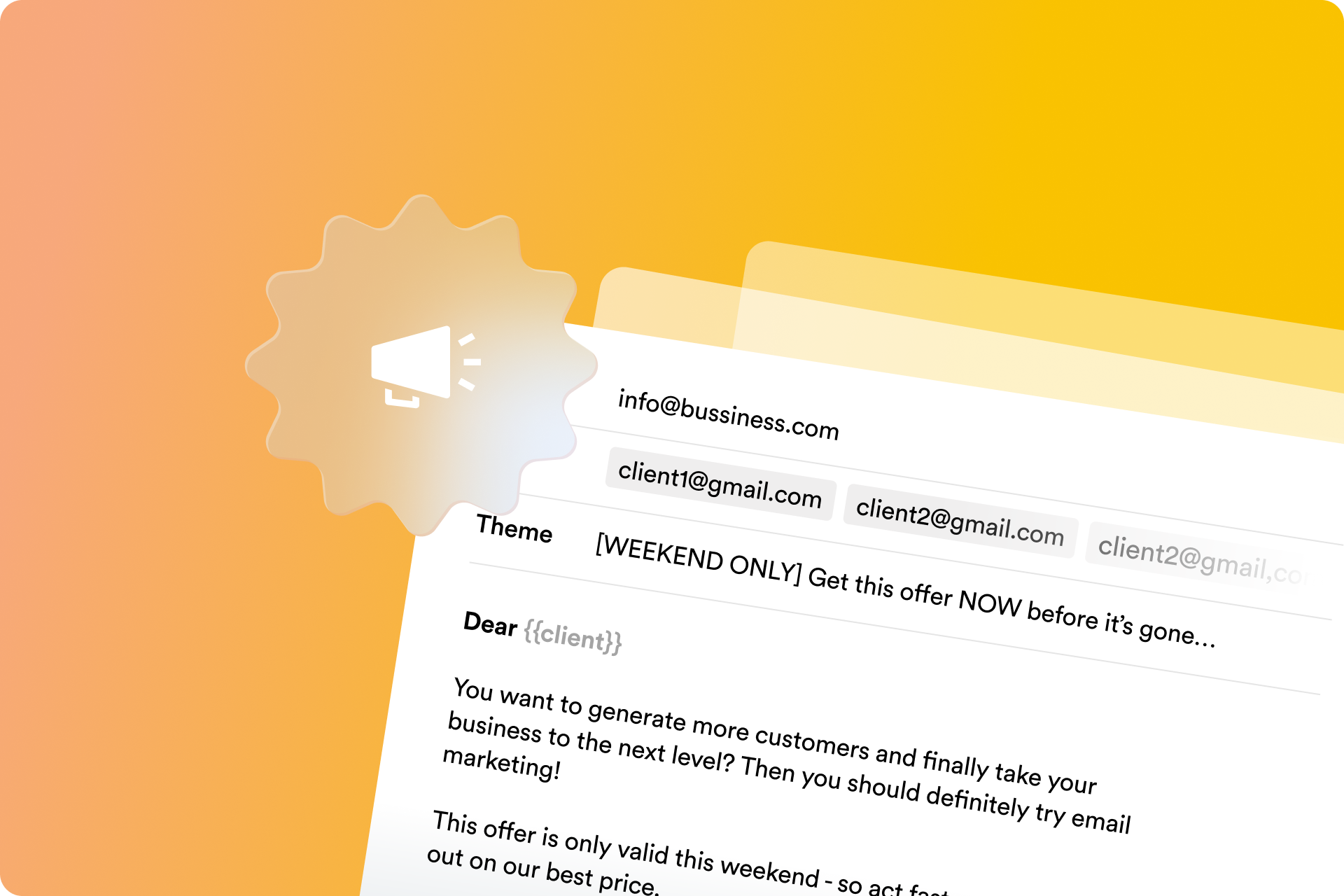
In today's digital world, establishing a personal connection with your customers is of paramount importance.
Standardized marketing messages and generic approaches are increasingly losing their effectiveness. Modern consumers expect more than just superficial communication – they seek genuine connections, tailored experiences, and a sense of appreciation. Individual customer approach is not just an option, but rather the key to success. It enables businesses to stand out from the crowd, build an authentic relationship with their customers, and ultimately achieve sustainable results.
In this comprehensive guide, we delve deep into the realm of individual customer approach, showing you how to master it for better outcomes.
Why is individual customer approach important?
In today's business landscape, relying on generalized marketing messages to address broad audiences is no longer sufficient. Modern customers are more discerning and knowledgeable than ever before. Their diverse needs, preferences, and expectations demand companies to cater to their unique concerns. This is where the individual customer approach becomes paramount.
Tailored engagement for deeper customer bond:
By engaging customers on a personal level, you communicate that they're more than mere data points. This fosters a profound emotional connection between your business and your customers.
Demonstrating understanding and empathy:
The individual customer approach showcases your grasp of your customers' dynamics. You indicate familiarity with their requirements, challenges, and desires. This engenders appreciation and familiarity, cultivating a robust affiliation with your brand.
Elevated engagement and interaction:
Personalized messages drive higher customer response rates and interaction. Customers feel recognized and motivated to explore further or take decisive action. This culminates in elevated engagement across diverse platforms—be it on social media, through emails, or on your website.
Boosting customer loyalty:
The individual customer approach significantly bolsters customer loyalty. Customers who perceive recognition and value exhibit stronger allegiance to your brand. They are more inclined to make recurring purchases and advocate for your offerings.
Driving revenue growth:
The fusion of augmented customer loyalty and heightened engagement directly influences your revenue trajectory. Customers who foster a robust bond with your brand and consistently engage with your content are more predisposed to explore additional products or services.
In essence, the individual customer approach is an indispensable facet of your company's sustained prosperity. It enables you to fathom your customers' intricacies, cultivate profound relationships, and ultimately cultivate an enduring business rapport that benefits all stakeholders. Investing in an individual customer approach yields not only enhanced customer loyalty and revenue upswing but also fortifies your brand's reputation as a vigilant and customer-centric entity.
6 steps to successful individual customer approach:
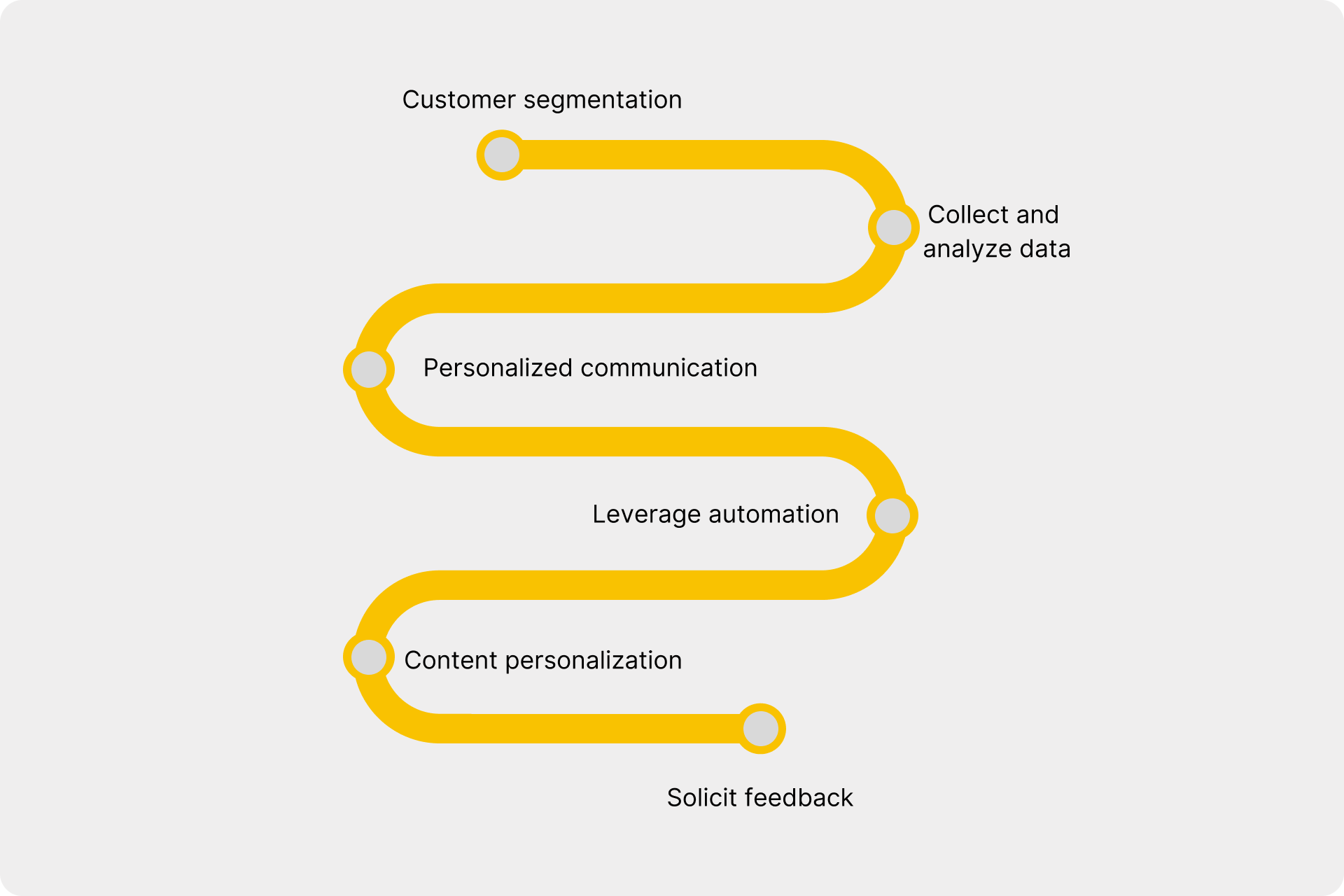
By consistently applying these six steps, you will be able to develop an individual customer approach that not only strengthens customer bonds but also leads to long-term increases in loyalty, higher engagement, and ultimately enhanced revenues. The ability to address each customer personally and relevantly will set your business apart in today's competitive landscape, enabling sustainable success.
1. Customer segmentation:
The foundation of a successful individual customer approach is clear segmentation of your target audience. Divide your customers into distinct groups based on criteria such as demographics, behaviors, and psychographic traits. This division enables you to craft tailored approaches for each group, addressing their specific needs and interests.
2. Collect and analyze data:
Gather data about your customers to develop a comprehensive understanding of their preferences, purchase history, and interactions with your company. Analytical tools aid in deriving valuable insights from this data, identifying trends or patterns that can inform the personalization of your approach.
3. Personalized communication:
Utilize the collected data to create personalized messages tailored to each customer's individual preferences. By using the customer's name and referencing past interactions or purchases, you demonstrate awareness and appreciation of their history. Recommend products or services aligned with their previous interests, thus delivering added value.
4. Leverage automation:
To scale the individual customer approach, turn to marketing automation tools. These allow you to send personalized messages without expending substantial time and resources. Automated emails, recommendations, and follow-up messages contribute to enhancing customer loyalty by consistently offering relevant content.
5. Content personalization:
Adapt the content across your various communication channels to match your customers' preferences. Craft content aligned with their individual needs, whether through blog articles, social media posts, or newsletter content. By providing relevant information, you amplify customer engagement and interaction.
6. Solicit feedback:
Your customers' feedback is invaluable. Actively seek feedback and utilize it to continually refine your individual customer approach. Demonstrate that you value their opinions and are willing to address their needs. Such feedback can help fine-tune your personalized approaches, better aligning them with your customers' expectations.
13 Examples of implementing individual customer approach:
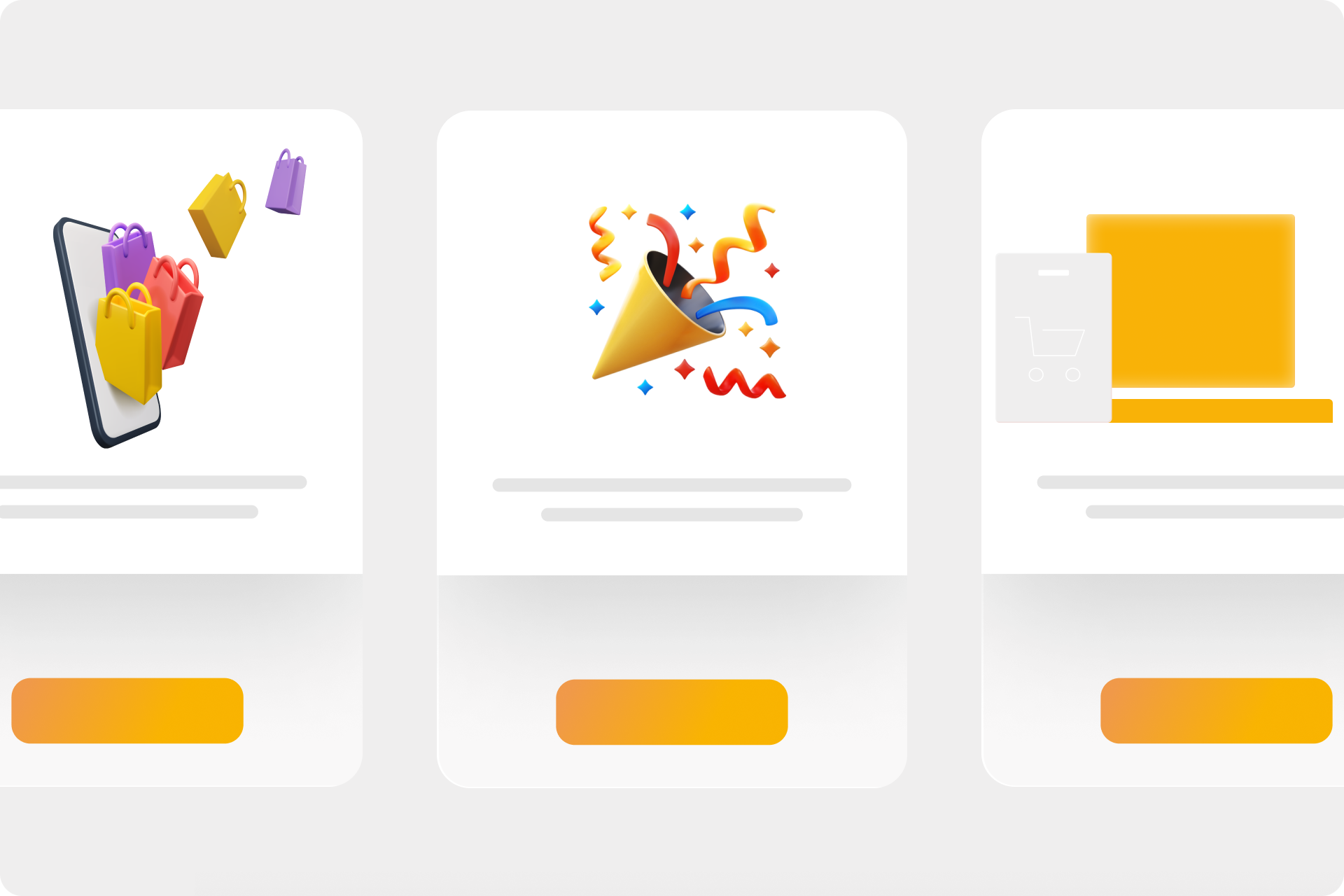
1. Personalized email with product recommendations:
A personalized email is a powerful tool to keep customers engaged post-purchase and offer them products that complement their interests. Imagine a customer has just bought a laptop from your online electronics store. Here's a way to effectively execute a personalized email with product recommendations:
Relevant product suggestions: Utilize information from the laptop purchase to identify fitting product recommendations. These could include accessories like an ergonomic mouse, a high-quality laptop bag, powerful antivirus software, or even optional laptop upgrades.
Creative subject line: Employ a subject line that piques the customer's curiosity. "Enhance Your Laptop Experience" or "Discover Perfect Accessories for Your New Laptop" could be strong options.
Personalized addressing: Commence the email with a personalized salutation using the customer's name. Mention the recent laptop purchase to establish a direct connection.
Product introductions: Present the recommended products and elucidate how they could enhance the laptop's user experience. Emphasize the benefits of each product and how it fits into the context of the recent purchase.
Call-to-action (CTA): Include clear CTAs for each recommended product. Employ compelling text like "Explore Now" or "Check Out the Product."
2. Birthday surprise:
Birthdays offer a unique chance to forge an emotional connection with customers and make them feel valued. Here's a suggestion for executing a birthday surprise through a personalized email:
Birthday greeting: Start the email with a warm birthday greeting. Use the customer's name to personalize the address.
Expression of gratitude and discount: Convey appreciation by thanking the customer for their loyalty. Offer them a special birthday discount or an exclusive deal on products.
CTA: Place a prominent CTA inviting the customer to redeem their birthday gift. Link to a dedicated offer page or include a discount code.
3. Abandoned cart reminder:
When a customer adds items to their cart but doesn't complete the purchase, you can send a reminder email. In this email, you can list the products in the cart and include a personalized message like: "You still have items in your cart. Need assistance with the order or want to continue?"
4. Dynamic website content:
On your e-commerce website, if a customer searches for sneakers, you could display dynamic content showcasing different sneaker models and colors based on their previous interactions. This creates a personalized shopping experience, increasing the likelihood of a purchase.
5. Recommendation algorithms for personalized content:
Similar to platforms like Netflix or Spotify, you could utilize recommendation algorithms to display personalized product suggestions on your website. For instance, if a customer previously searched for kitchen utensils, you could recommend similar products or cooking recipes.
6. Retargeting campaigns:
Employ retargeting ads to show customers products they viewed on your website. This reminds them of items they're interested in and boosts the chances of a purchase.
7. Purchase history-based recommendation emails:
Rather than a generic email with general offers, a customer who previously bought sports gear for running receives an email with the subject line: "Ready for the Next Run? Exclusive Offers for Running Enthusiasts!" The email provides targeted product recommendations aligned with their interest, such as running shoes, activewear, and accessories. The email also addresses the customer by their first name. This personalized approach is rooted in the customer's past purchase data and interactions, fostering a strong bond between the customer and the company.
8. Product review reminders:
After a customer purchases a product, you could send an email a few weeks later, requesting a review or feedback. You could reference the specific product category or purchase to make the reminder particularly relevant.
9. Location-based offers:
Utilizing your customers' geolocation presents an opportunity to offer tailored offers or discounts based on their location. This can be highly effective, especially for retail stores or restaurants. Here's an option for successfully implementing location-based offers:
Capturing customer location: Enable customers to grant location access on your website or app. This allows you to determine their approximate location.
Location-specific offers: Provide special offers to customers near one of your stores or locations. For example, you could grant them a discount if they shop at your store within a specified timeframe.
Push notifications: Send push notifications to mobile devices when a customer is in proximity to one of your locations. This could serve as a reminder of an offer or an invitation to an event.
Personalized messaging: Utilize the location to craft personalized messages. For example, you could say, "Welcome to our City store! Enjoy 10% off your purchase today."
Emphasize urgency: Add a sense of urgency to your offers by incorporating a time
10. Adjustment of email timing:
Analyze your customers' behavior to determine the optimal timing for sending emails. A customer who is often online in the evenings might receive your email more effectively if it arrives in the evening.
11. VIP program for loyal customers:
Loyal customers are the cornerstone of a successful business. A VIP program can contribute to further strengthening this customer loyalty and rewarding your most valuable customers. By creating a VIP program, you give your customers the feeling of being valued and special.
Exclusive benefits: Offer exclusive benefits to your VIP customers that are accessible only to them. These could include special discounts, complimentary upgrades, early access to sales, or exclusive products.
Exclusive events: Organize exclusive events or workshops specifically for VIP customers. This fosters a personal connection between your company and the customers.
12. Product bundles based on purchase history:
Compile product bundles based on identified patterns. Offer products that complement each other or go well together. For instance, you could create a combination of shampoo, conditioner, and hair styling products for customers who have previously purchased hair care products.
13. Utilize personalized addressing:
Send messages to your customers or respond to comments or messages on social media with a personalized greeting, using the customer's name. This demonstrates that you value their interactions.
Implementing individual customer approach on your website:
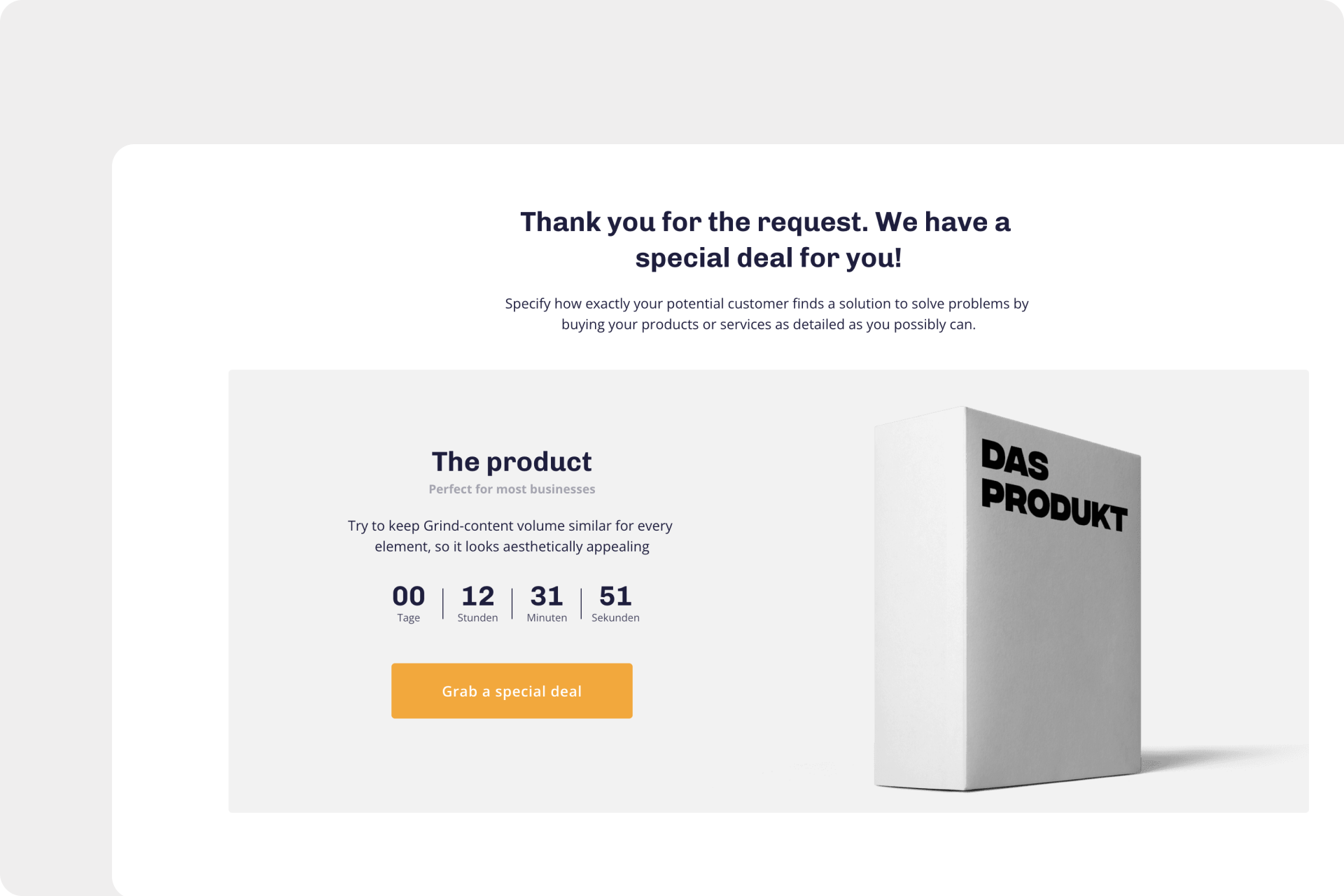
Your website serves as the digital face of your business and offers a unique opportunity to engage your visitors personally. Here are 10 more detailed steps on how to successfully implement individual customer approach on your website:
- Dynamic content: Dynamic content automatically adjusts to the visitor's characteristics. You could display geographically relevant information, such as branch locations or shipping options. Use cookies to track visitor behavior and tailor content accordingly.
- Personalized homepage: Your homepage is the first chance to impress visitors. Utilize cookies or login information to recognize returning visitors and display recommended products or services based on their past behavior.
- Utilize login status: Logged-in users provide valuable data you can leverage. Display personalized recommendations based on their purchase history or browsing behavior. Also offer them the ability to add products to a wishlist or save favorites.
- Product recommendations: Integrate recommendation algorithms that suggest similar products based on the visitor's purchasing behavior or product interests. Highlight popular or best-selling items to spark interest.
- Personalized user profiles: Enable logged-in users to create personalized profiles. Here, they can store their preferences, interests, and purchase history, allowing you to fine-tune recommendations even more.
- Social media integration: Enable visitors to log in or register via their social media profiles. Accessing their interests and activities on these platforms lets you provide personalized content that aligns better with their preferences.
- Abandoned cart communication: If a visitor leaves products in their cart, send them automated emails. Remind them of the items left behind and possibly offer a discount or free shipping to encourage completing the purchase.
- Product comparisons and reviews: Allow visitors to easily compare products by offering a comparison feature. Also integrate customer reviews and testimonials to strengthen trust in the buying process.
- Content personalization: Tailor your website's content to the interests and needs of your visitors. Provide relevant blog articles, guides, or resources that offer value and increase engagement.
- Targeted pop-ups: Utilize pop-up windows to respond directly to visitor behavior. Trigger them after a specific time spent on a page or upon exiting the site to offer targeted deals, newsletter sign-ups, or discounts.
Implementing individualcustomer approach on your website requires ongoing optimization and adaptation. Ensure compliance with privacy policies and transparently inform users about the use of cookies and data. Striking the right balance between personalization and privacy will create a powerful website experience that boosts engagement and leads to a positive customer journey.
Tip: Also read our article: "8 tips to get your website ready for holiday seasons”**.**
Conclusion:
Individual customer approach is not a luxury but a necessity to thrive in today's competitive landscape. It allows you to connect with your customers on a personal level, build trust, and forge enduring relationships. By following the steps outlined above and being attentive to your customers' needs, you'll achieve better results and position your brand for success.
Utilize Onepage to enhance your personalized customer approach:
If you're seeking a tool to help you engage your customers in a personalized manner, Onepage.io is the solution. With Onepage, you can create landing pages, websites, funnels, and quizzes all in one tool!
Don't wait any longer! Simply follow the link to sign up and start creating your page exactly as you envision it today. Experience the power of personalized customer approach in action.
Start with
Onepage for free.
It’s fast and enjoyable
Onepage is free to use. It’s not a trial version.
No credit card is required
